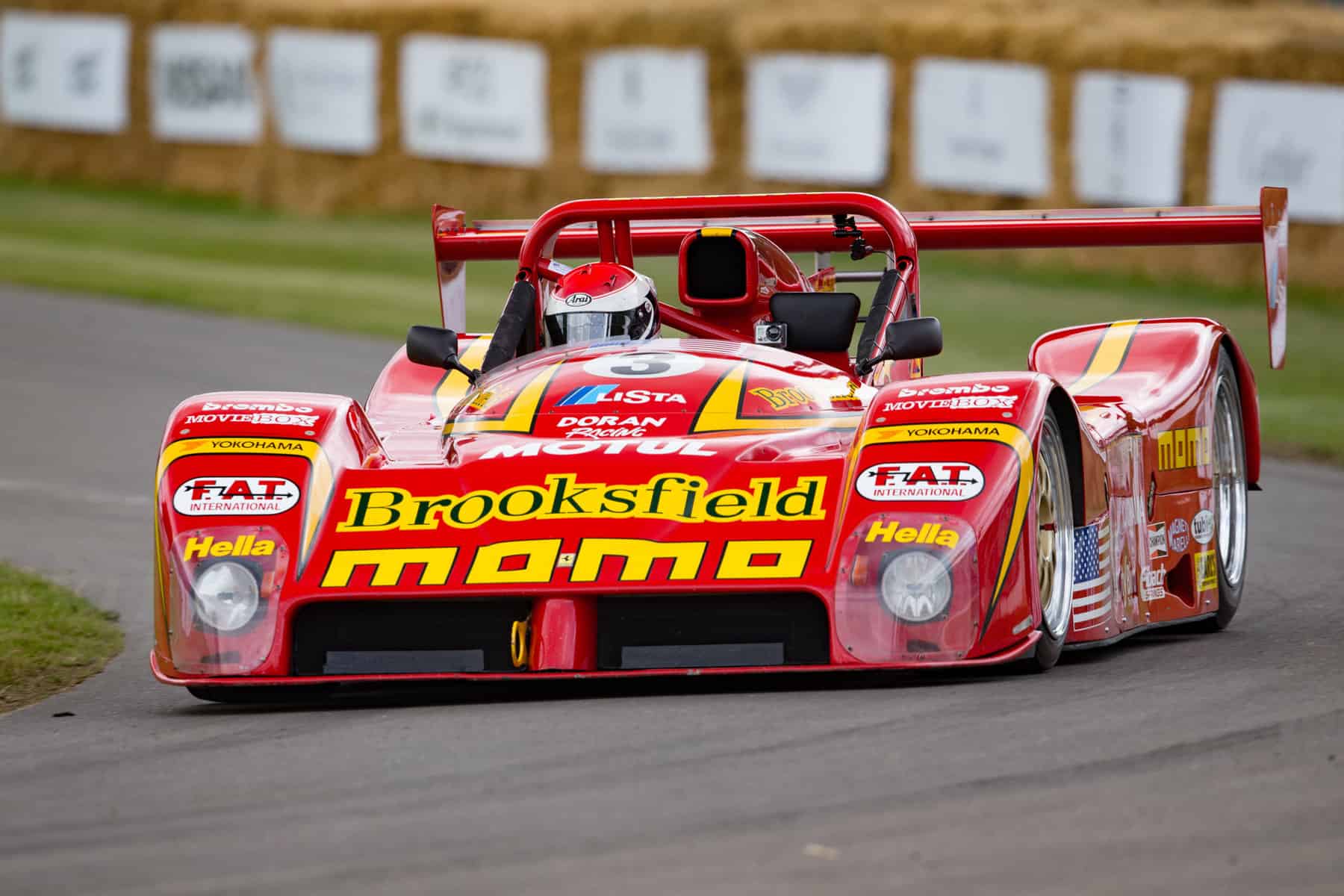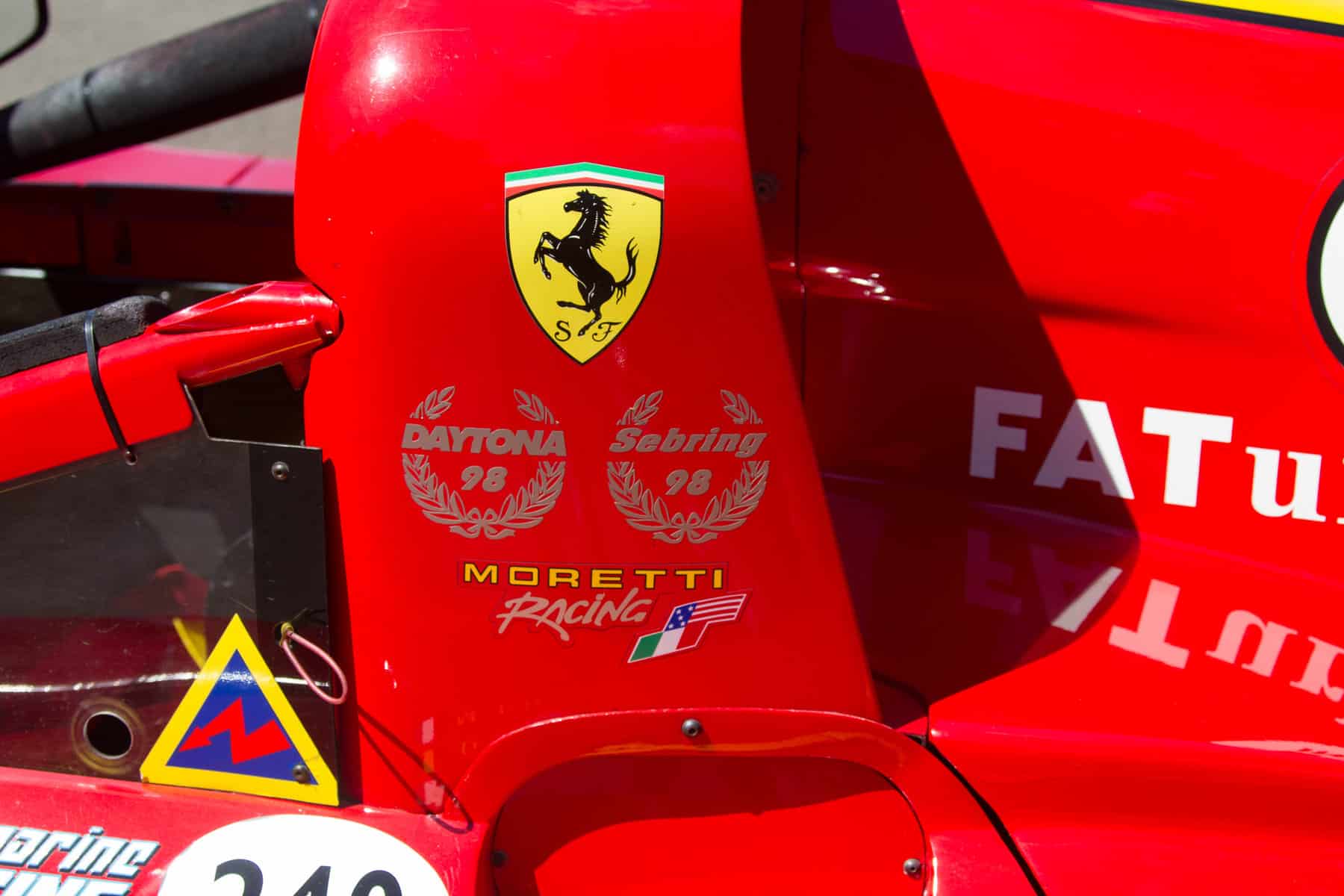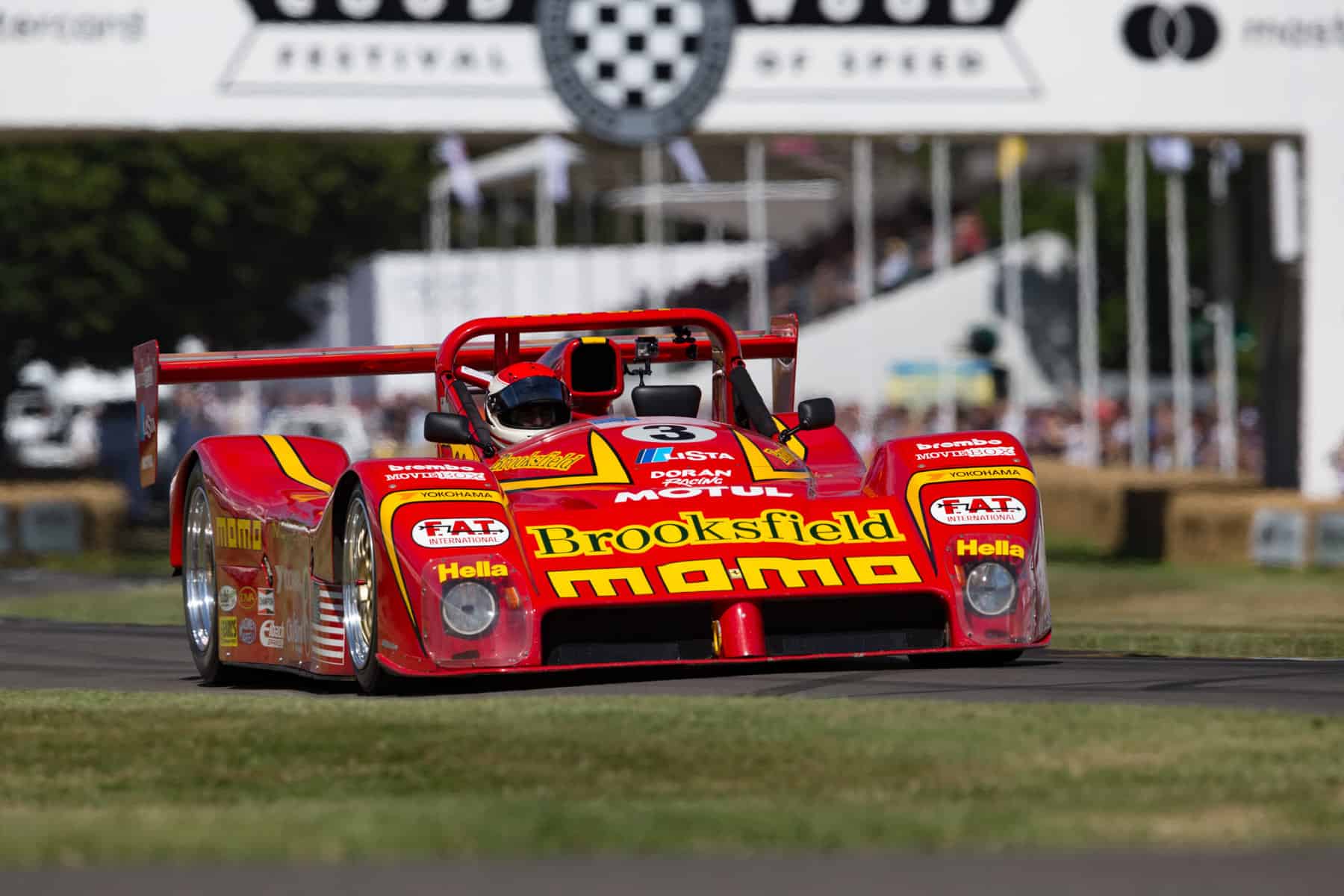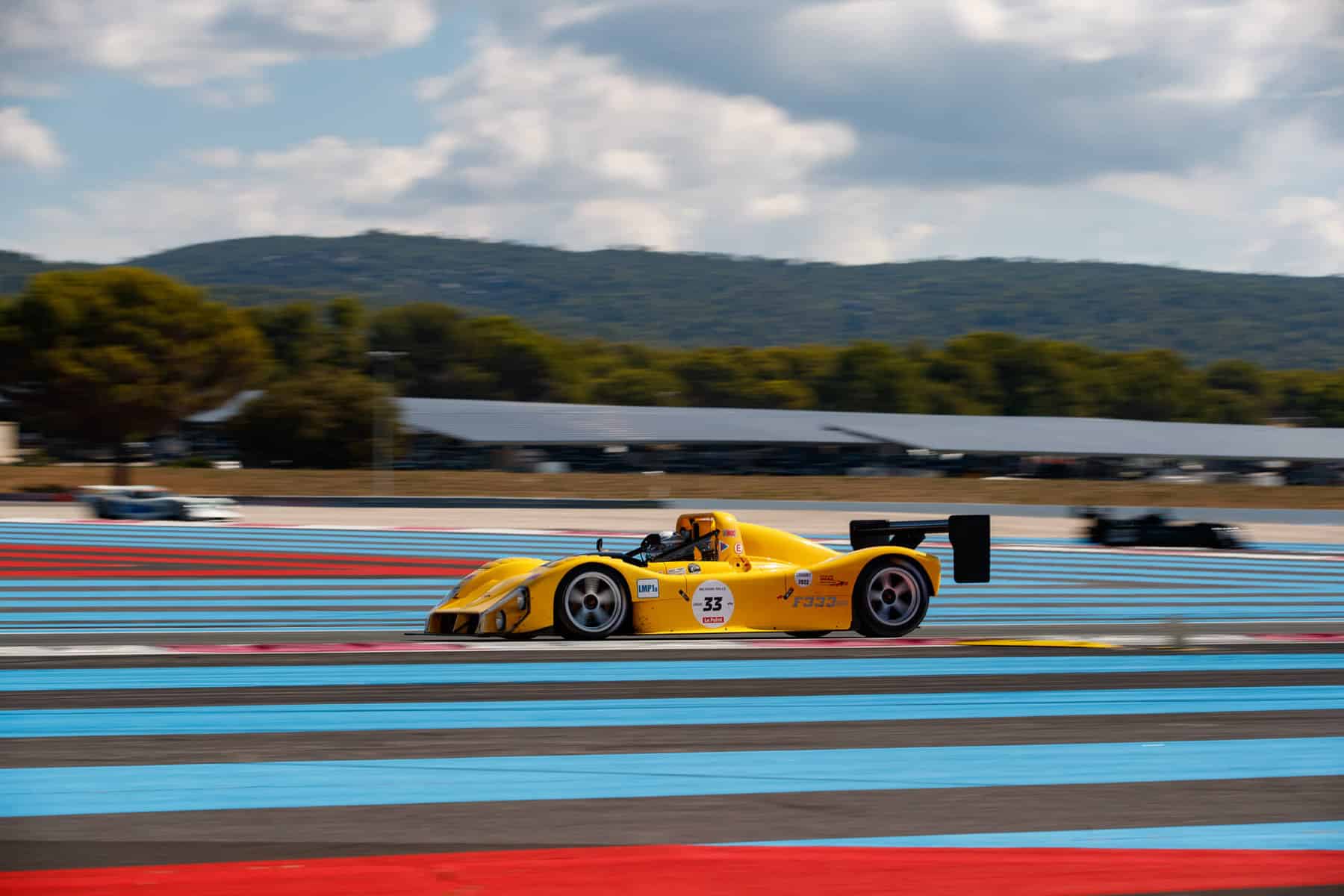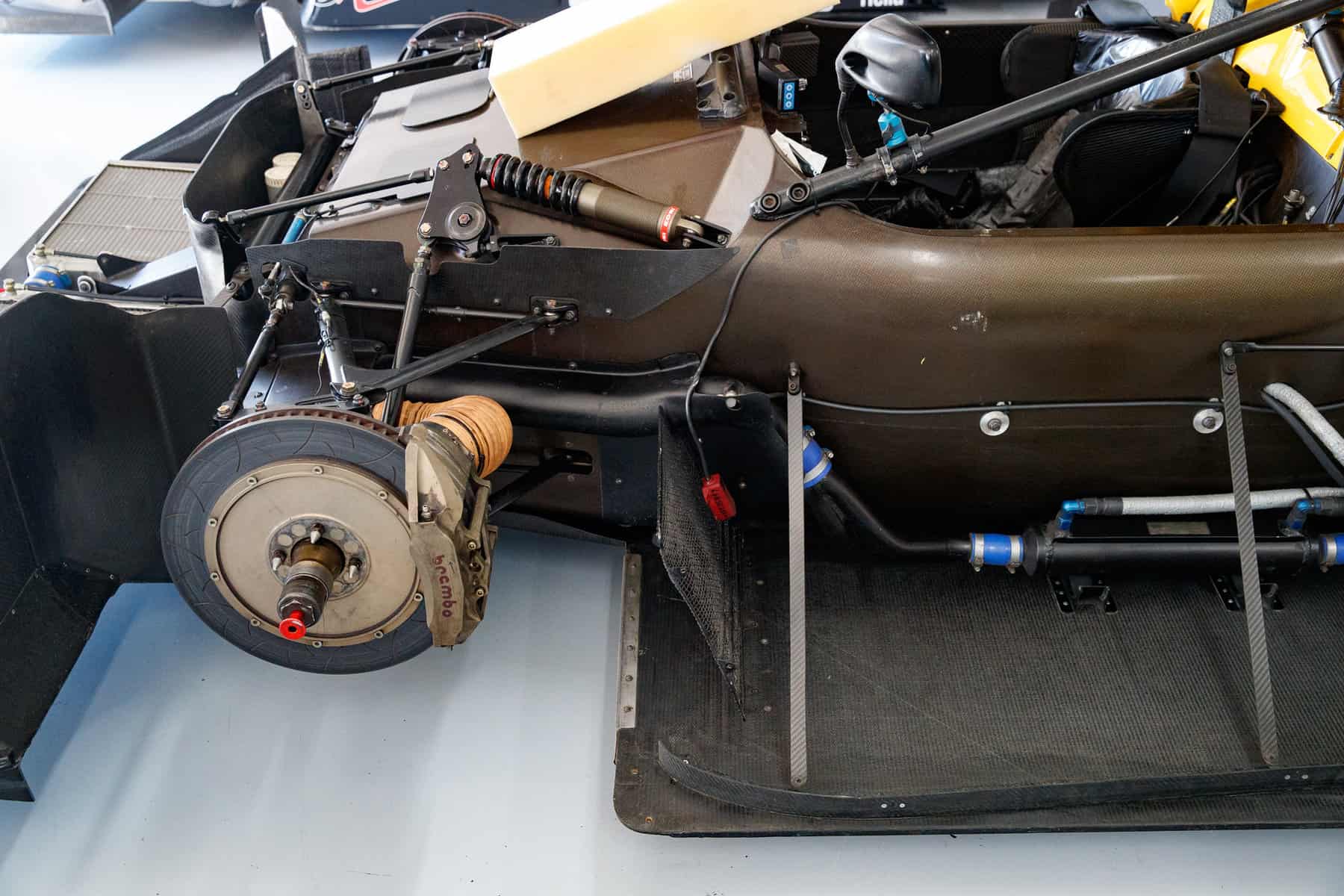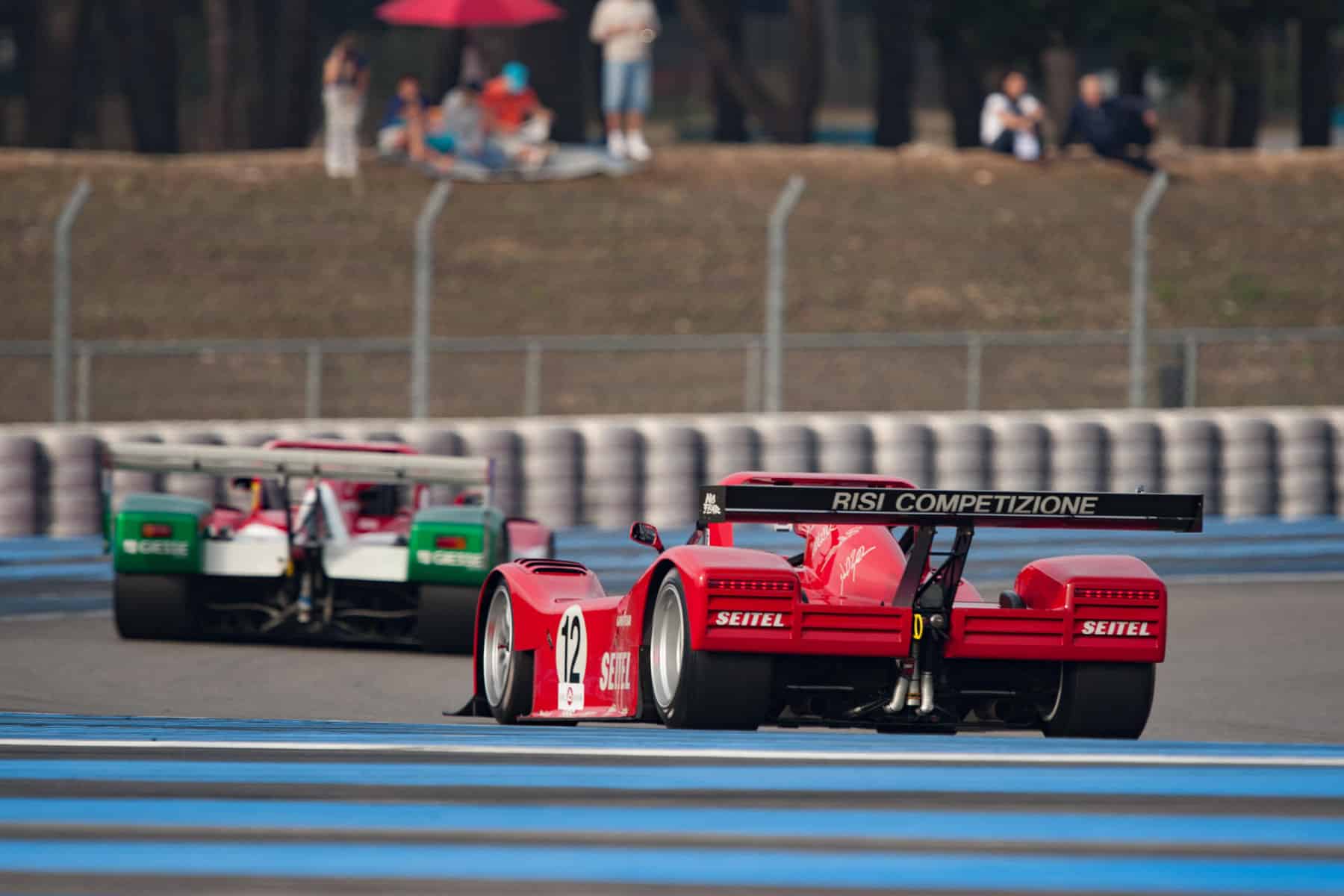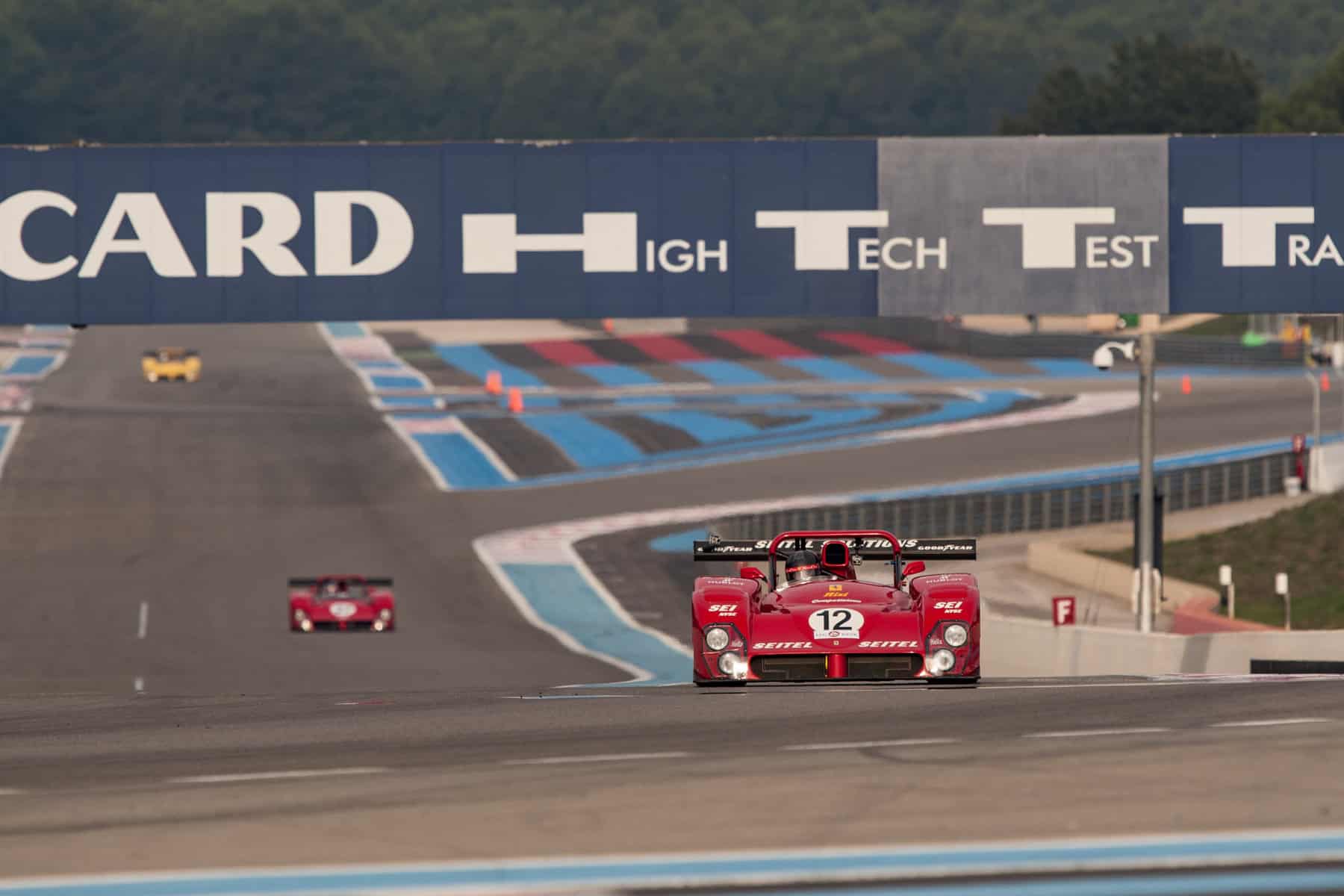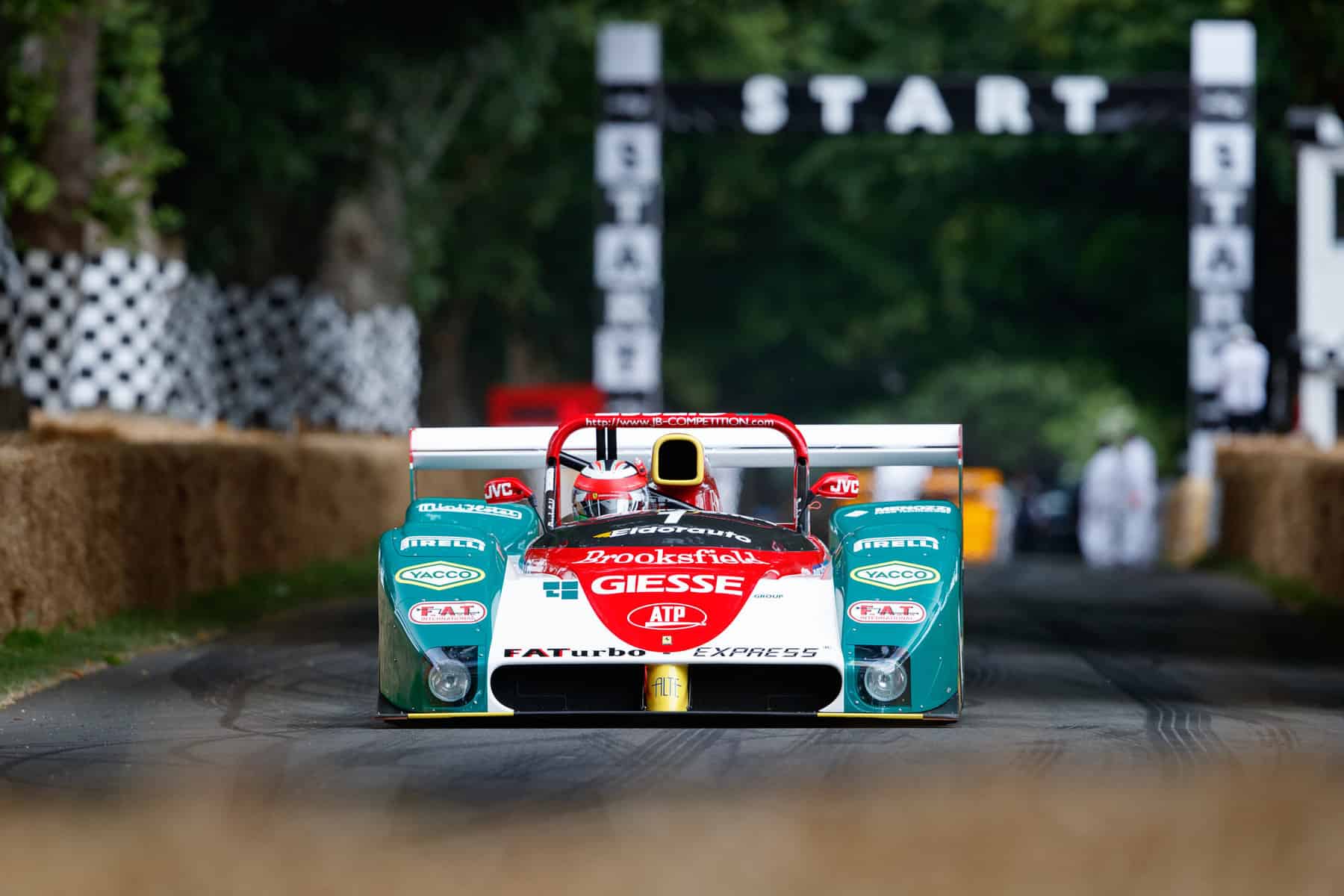The Ferrari 499 P Arrives
As we admire the just-launched 499 P, a look back at its inspiration
WORDS & IMAGES BY: WOUTER MELISSEN
In 2023, Ferrari will return to sports car racing with a works effort for the first time since 1973. The weapon of choice is the recently unveiled 499 P (for Prototype), due to compete at the upcoming World Endurance Championship. There was one previous Sports Prototype to wear the Ferrari badge during the fifty-year hiatus, though it was not raced by the factory. Introduced late in 1993 and dubbed the 333 SP, it soon proved to be a more-than-worthy successor to the Ferrari sports racers of old.
From the company’s inception in 1947 through the end of the 1973 season, Ferrari combined works Formula 1 and sports car racing efforts. At that point, Formula 1 became the singular focus for the Italian manufacturer, as there no longer were sufficient resources to split between the two programs.
Although it was Ferrari’s first new sports prototype in two decades, the 333 SP did not represent a change in corporate policy but a simple matter of accommodating a prominent customer and supplier, Giampiero Moretti. The founder of the MOMO company, he had supplied steering wheels to Ferrari for road-going and competition cars since the 1960s. Moretti used the considerable fortune he had made with his iconic products to go racing. A more than accomplished sports car driver, he spent the 1980s and early 1990s competing in a variety of Group C and GTP cars, all easily identifiable as his, thanks to the striking red and yellow MOMO livery.
Extensive rule changes on both sides of the Atlantic had rendered the Group C and GTP cars all but obsolete in 1993. The North American IMSA Championship adopted a set of regulations that prescribed open sports prototypes, powered by a production-car-derived engine. Known as the World Sports Car or WSC, the new category was intended as a cost-effective way forward after the factory-backed IMSA GTP programs that had annual budgets of well into the eight figures. In addition to mandating a production-based engine, the WSC rule set also specified a flat bottom, eliminating the ground-effect aerodynamics that had made the GTP cars so ridiculously fast.
With his competition cars no longer eligible for any of the major championships, Moretti was looking around for a new WSC sports prototype. He explained the situation to Piero Ferrari, who was Enzo Ferrari’s son and in charge of special projects at the time. Moretti knew he was not alone and suggested that there would be quite a market for a Ferrari WSC racer, particularly in North America. Piero Ferrari was interested in Moretti’s proposal and looked at ways of developing a new sports prototype in a way that would not interfere with the near-sacred Formula 1 effort and also would add something to the company’s bottom line.
Codenamed Il sogno Americano, or “the American Dream,” the program received the green light from the Ferrari board. To keep costs down and ensure the new WSC racer would be a success, Ferrari enlisted the help of specialists Dallara and Michelotto. The former had a wealth of experience developing and building sports prototypes, including the LC2 Group C car for Ferrari’s sister company Lancia. Coincidentally, this car had been powered by a Ferrari-based engine. Michelotto already had a longstanding relationship with Ferrari and was responsible for converting Ferrari road cars into competition cars for customers. It would not be a works program; the cars were to be run by customer teams only.
It almost goes without saying that the heart of the new racer was formed by a V12. Complying with the letter of the regulations, the engine chosen came from the upcoming F50 production car. That this V12 itself was based on the Formula 1 engines of the period was particularly convenient for this new application. For the F50, the displacement had been enlarged from 3.5 to 4.7 liters. To be eligible for the WSC category, it had to be downsized once more, to a swept volume of just under 4.0 liters. That meant a unitary displacement of around 333 cc, which, in good Ferrari tradition, gave the new racer its name: 333 SP. The second half of the name was short for Sports Prototype.
Most definitely nothing like the production-based engine imagined by IMSA when the WSC regulations were written, the Ferrari Type F130E featured twin overhead camshafts and five valves per cylinder. According to the official figures, it produced 650 hp at a startling 11,000 rpm. Not only was the 4.0-liter engine supremely powerful, it also produced a glorious soundtrack that is almost without an equal. The V12 was mated to a sequential gearbox that, as per the regulations, had just five forward gears. From 1998, a change in regulations saw the introduction of a six-speed version of the gearbox. As in the Ferrari Formula 1 cars and in the F50 road car, the engine and gearbox were used as fully stressed members of the chassis.
The chassis itself was a carbon-fiber composite monocoque, which was not so dissimilar to the contemporary Ferrari Grand Prix car chassis. It was wider to accommodate for the theoretical passenger. The front suspension was through double wishbones with push-rod actuated springs over dampers. These coil-over units were mounted in-board on top of the monocoque. At the rear, the layout was similar, with the springs and dampers mounted on top of the gearbox. Brembo-sourced, ventilated discs were used on all four corners. The radiators were mounted in the nose and almost horizontally. Additional oil coolers were mounted laterally. Not surprisingly, the minimalistic cockpit featured a MOMO steering wheel.
The 333 SP was clothed in a straightforward carbon-fiber composite bodywork. The nose featured wide intakes for the radiators with the hot air exiting on either side of the cockpit. A front splitter and a full-width rear wing provided the considerable downforce. To hone the final design, Ferrari used the highly experienced British designer Tony Southgate as a consultant. The most significant change to the design was the introduction of a longer nose in 1995, which was mainly a cosmetic improvement. There were more subtle evolutions of the bodywork between the wheels to carefully tune the air flowing around the car.
Dallara constructed the first 333 SP during the final months of 1993. It was tested by Mauro Baldi and then shipped to the United States, where it was officially unveiled at the Daytona 24 Hours. Ferrari opted not to race the 333 SP in the two early-season endurance races – Daytona and Sebring – as there were still reliability concerns. Instead, the 333 SP was first raced at Road Atlanta in April. There were four examples entered in the two-hour race: one for the MOMO and Scandia Motorsports teams each and a pair fielded by Euromotorsport. In a field that consisted mainly of adapted GTP cars, the 333 SP dominated. Jay Cochran won the race in one of the Euromotorsport cars, while Gianpiero Moretti and Eliseo Salazar were second in the MOMO-liveried example.
It was the start of a hugely successful racing career. Moretti and Salazar would win the next three rounds and Andy Evans made it five in a row for the 333 SP. At the start of 1995, the Ferraris dominated qualifying at Daytona but engine issues decimated the 333 SP ranks during the race. There were no such issues at Sebring, where Fermin Velez, Andy Evans, and Eric van de Poele drove the Scandia Motorsports example to victory. That year the 333 SP won both the IMSA constructors’ and drivers’ championships. The V12-engined machine would win at Sebring twice more and finally also secured a victory in the Daytona 24 Hours in 1998. While it ultimately proved unsuccessful at Le Mans, it was raced with great success in the International Sports Racing Series (ISRS), known subsequently as the FIA Sports Car Championship, that had been introduced in the late 1990s.
Among the teams campaigning the cars in Europe was Giovanni Lavaggi’s GLV Brums squad. Lavaggi recalls his reasons behind choosing the 333 SP: “After my experience in F1, I tried to find new motivations to keep racing. At the end, setting up my own team was the only way. Because of my long experience with sports cars, ISRS championship was the natural choice. In 1998, the Ferrari 333 was one of the most competitive cars; furthermore, being a Ferrari, it was well appreciated from sponsors and other drivers.” Lavaggi continues: “After many years (and victories) with the Porsche 962, it was a pleasure to win also behind the wheel of a Ferrari. The 333 is an easy car to drive, but there were a lot of cars in the field and winning was a matter of details. Furthermore the 333 was a very pitch-sensible car, understeering in acceleration. We made a lot of modifications on the car to limit this problem, this way we succeeded to be competitive even against teams with bigger budgets than us.”
Lavaggi even managed to prolong the 333 SP’s career after the development from the factory had ceased: “At the end of the 2000 season, Michelotto, who was managing the whole 333 project, announced that no further development was expected for the twelve-cylinder Ferrari engine. That is why we decided to install the more powerful Judd V10 engine. It was not difficult to install, and we won immediately at the 1000 km of Monza.” It was a victory that was not well received by all parties involved: “This victory came too early because, after that race, Michelotto had no Ferrari spares for us anymore. They said that all spares were bought by Ferrari-Ferrari teams, then the lead time to produce new spares for us was minimum six months. We had to find alternative suppliers and we struggled with reliability of those parts for the rest of the season.”
Amazingly, the final contemporary appearance for the 333 SP came at the 2003 Monza 500 km, which was almost a decade after the car had been first introduced. It remained competitive for much of that decade, winning all titles in the FIA Sportscar Championship as late as 2001. The 333 SP was also a very lucrative project for Ferrari, as the Italian company managed to sell no fewer than forty examples. The first fourteen were built by Dallara, while Michelotto was responsible for the construction of the other cars. Quite a few of these were never actually raced, as they were acquired directly by Ferrari collectors all around the world.
With three wins in the Sebring 12 Hours and a Daytona 24 Hours victory, and a glorious soundtrack to match, the Ferrari 333 SP fits right in the tradition of the dominant Ferrari sports racers of the 1950s and 1960s. Thanks to the new convergence of regulations, the just-launched Ferrari 499 SP has the opportunity to do one better with wins in all three major endurance races.

